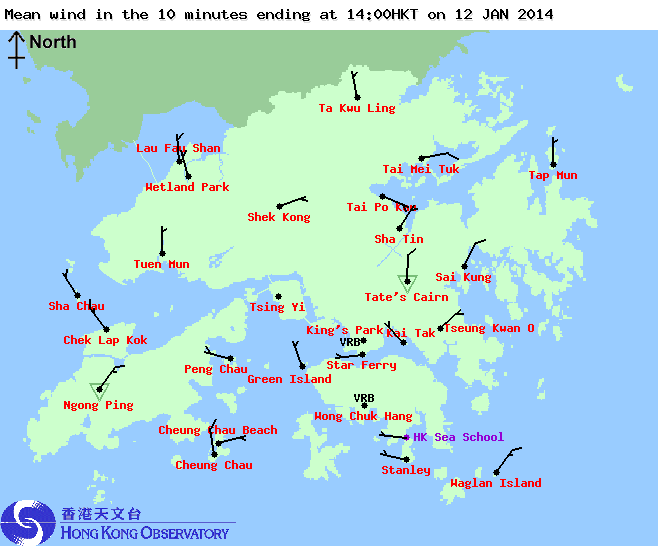Environment Agency (EA) concerns over the Moorwell incinerator on the Isles of Scilly will become available to the public thanks to a Freedom of Information request.
The request, submitted by Radio Scilly, will see around 400 pages of emails and letters being released. The material details correspondence between the EA and the Chief Technical Officer of the Council of the Isles of Scilly between June 2010 and earlier this year.
Councillor Steve Sims, Chairman of the General Purpose Committee on the isles, stated that the documents would be available to view in the Council’s One-Stop Shop, but that making copies would not be permitted.
It has since been reported that during the sampling periods, levels of dioxins (which the World Health Organization describes as ‘highly toxic’) at the site reached 65 times the permitted levels.
However, the Council took steps to reassure the public that there was ‘no clear risk to human health’ posed by the dioxins.
Andy Street from consultants SLR also commented: “Regarding public health, it is true that the emissions were high on occasion from this incinerator, which was first commissioned in the 1970’s. Initial assessment of the impact of emissions to air was undertaken in 2009 under the instruction of the Environment Agency, which in turn consulted with the Food Standards Agency.
“These investigations indicated that, even with monitored emissions at their highest, there was no clear risk to human health, because of the small scale of the plant and low volume of waste incinerated.”
EA officials brought in consultants SLR to consult with the council and the agency on the site, and according to the group, found that the incinerator was being overloaded and was burning too much unsorted, off-island plastic waste. However, dioxin levels have now reportedly returned to within ‘safe’ limits.
Incineration problems not the first
This is not the first time incineration plants have been in the news over environmental and health concerns. Less than one month ago, Scotgen (Dumfries) Ltd saw its permit revoked for its Dargavel incinerator after the Scottish Environmental Protection Agency (SEPA) declared it had failed ‘to comply with the requirements of [its] permit’.
The revocation notice, served on 23 August, cited the following permit breaches:
- persistent non-compliance with the requirements of the permit;
- failure to comply with an enforcement notice;
- failure to maintain financial provision and resources to comply with the requirements of the permit;
- failure to recover energy with a high level of efficiency.
According to Ian Conroy, Technical Support Manager in the South West for SEPA: “Since the plant come [sic] into operation we have provided support and assistance to Scotgen (Dumfries) Limited including affording them considerable time and opportunity to demonstrate that this facility can meet the Best Available Techniques, and the specific requirements of European Directives designed to protect the environment. Unfortunately despite this, they have not done so.”
The Dargavel site has suffered a litany of problems. In 18 July 2013 a fire broke out at the site, requiring 30 firefighters to bring it under control. Scotgen is also under investigation by the Health and Safety Executive following a “pipe burst” in August, which damaged nearby pipework and a roof.
Incineration could become ‘obsolete’
In relation to these latest incidents, Shlomo Dowen, National Coordinator of United Kingdom Without Incineration (UKWIN), stated his belief that incinerators would become ‘obsolete’: “I understand that many of the problems at the facility arose from changes in feedstock composition and difficulties in obtaining combustible material.
“These are issues that I expect will become more prevalent across the UK in the coming years as increases in recycling, waste minimisation, and separate collection of food waste render residual waste treatment unnecessary and show incineration to be obsolete.”
Read more about incineration and the full statement regarding the Moorwell site from the Council of the Isles of Scilly.
11 Sep 2013





